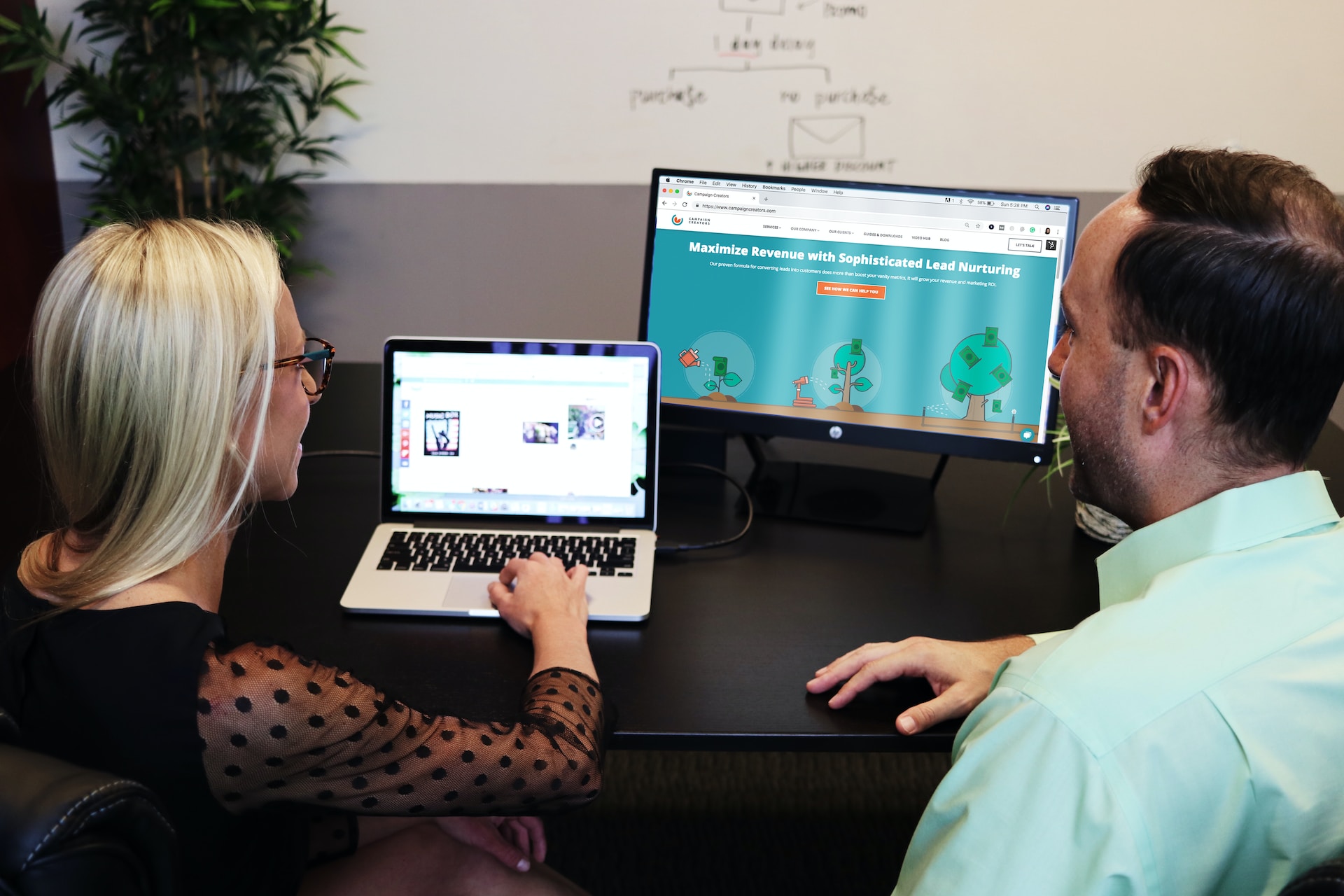What is User Testing?
User testing is a critical component of the product development process. It involves gathering feedback from real users to understand how they interact with a product, identify usability issues, and assess the overall user experience. As a product manager, conducting user testing can help you
make data-driven decisions and create a product that better meets user needs and expectations.

Why User Testing is Important
User testing is essential for several reasons:
It helps uncover usability issues and areas for improvement that may not be evident to the product team.
It validates design decisions, ensuring that your product is user-friendly and easy to navigate.
Types of User Testing
There are several different types of user testing, each suited for different stages of the product development process and specific research objectives. Some common user testing methods include:
Usability Testing
Evaluates how easy it is for users to complete specific tasks and navigate the product. This type of testing is typically conducted with a prototype or a live product.
A/B Testing
Compares two or more variations of a design, feature, or content to determine which performs better. This method is often used for optimizing conversion rates and user engagement.
Beta Testing
Involves releasing a product to a limited group of users to gather feedback and identify potential issues before a public launch.
Card Sorting
Helps understand how users categorize and organize information, which can inform the structure and navigation of a product.
First-click Testing
Analyzes where users click first when trying to complete a task, providing insights into the effectiveness of navigation and layout.
Planning and Conducting User Testing
To ensure a successful user testing process, follow these best practices:
Define Your Goals
Before conducting user testing, it's essential to define the goals and objectives of the test. What specific questions do you want to answer? What aspects of the product do you want to focus on? By establishing clear goals, you can design a more effective testing process that yields actionable insights.
Recruit the Right Participants
Selecting the right participants for your user testing is crucial. Your test participants should represent your target audience and have relevant characteristics, such as demographics, experience, and familiarity with similar products. This ensures that the feedback you receive is representative of your user base and can be used to make informed decisions.

Create Test Scenarios
Test scenarios are the tasks or situations that users will encounter during the testing process. They should be designed to mimic real-world use cases and encourage users to interact with the product as they would naturally. Be sure to prioritize the most critical user flows and features when creating your test scenarios.
Facilitate the User Testing Process
To gather accurate and unbiased feedback, it's essential to create a comfortable environment for your test participants. Explain the purpose of the test, encourage open and honest feedback, and assure them that there are no wrong answers. During the test, observe user behavior and ask questions to gain deeper insights into their thought process.
Document and Share Your Findings
After conducting user testing, document your findings, including any usability issues, user preferences, and patterns in user behavior. Share these insights with relevant stakeholders, such as designers, developers, and other members of the product team. This ensures that everyone is on the same page and can collaborate to address the identified issues.
Analyzing and Interpreting User Testing Data
After conducting user testing sessions, it's time to analyze the data and draw insights. This process can involve both quantitative and qualitative analysis, depending on your goals and the testing methods used. Here are some tips for analyzing and interpreting user testing data:
Look for Patterns and Trends
As you review the data from your user testing sessions, try to identify any recurring themes, patterns, or trends. Are there particular areas of the product where users consistently struggle? Are there features that users consistently praise or criticize? Recognizing these patterns can help you prioritize improvements and make more informed decisions about your product's development.
Combine Quantitative and Qualitative Data
Quantitative data, such as task completion rates and time on task, can provide valuable insights into user performance and the overall usability of your product. However, it's essential not to overlook qualitative data, such as user comments and observations, which can help you understand the underlying reasons for user behavior and preferences. By combining both types of data, you can develop a more comprehensive understanding of your users' experience.
Use Visualizations to Communicate Results
Visualizations, such as charts, graphs, and heatmaps, can help you communicate user testing results more effectively to stakeholders. These visual representations can make it easier to identify trends and patterns and can be a powerful tool for driving decision-making.
Don't Ignore Outliers
While it's essential to focus on patterns and trends, don't disregard data points that seem to be outliers or anomalies. These outliers can sometimes reveal critical insights that might otherwise be overlooked. Investigate these cases to determine if they represent unique user needs or potential issues that should be addressed.

Iterating and Acting on User Testing Insights
Once you've analyzed and interpreted the data from your user testing sessions, it's time to take action. Here are some steps to follow as you iterate on your product based on user feedback:
Prioritize Issues and Opportunities
Using the insights gained from user testing, create a list of issues to address and opportunities to explore. Prioritize this list based on factors such as the severity of the issue, the potential impact on the user experience, and the resources required to implement a solution.
Develop an Action Plan
Create a detailed action plan outlining the steps needed to address each identified issue or opportunity. This plan should include specific tasks, deadlines, and responsible team members. Share this plan with relevant stakeholders to ensure alignment and buy-in.
Iterate and Test Again
After implementing changes based on user testing insights, it's essential to test again to ensure that the updates have had the desired impact. This iterative process of testing, learning, and refining is crucial for creating a product that continually meets user needs and expectations.
Communicate Progress and Successes
As you make improvements to your product based on user testing insights, be sure to communicate these changes to stakeholders and celebrate your successes. This not only helps maintain momentum and enthusiasm for the project but also demonstrates the value of user testing and the impact it has on the product's development.
By following this guide to user testing, product managers can better understand their users' needs and preferences, make data-driven decisions, and ultimately create a product that delights customers and drives business success.







